Sofrito in Spanish: The Aromatic Alchemy of Global Spice Traditions
When you hear the word sofrito, your mind might instantly jump to a sizzling pan filled with garlic, onions, and peppers dancing in olive oil. But what exactly does "sofrito in Spanish" really mean? Is it just a cooking technique or a cultural cornerstone of Mediterranean and Latin cuisines?
In this deep dive, we’ll unravel the magic behind sofrito — from its humble origins in Spain to its global adaptations across continents. Whether you're a seasoned chef or a spice-loving home cook, prepare for a flavor-packed journey through time, culture, and cuisine.
Table of Contents
- What is Sofrito?
- A Brief History of Sofrito in Spanish Cuisine
- Core Ingredients: The Building Blocks of Flavor
- Regional Variations Across the Globe
- Why Sofrito Matters in Global Spice Traditions
- 5 Practical Tips for Mastering Sofrito at Home
- Spice It Up: Creative Spice Combinations to Try with Sofrito
- Pairing Sofrito with Dishes: From Paella to Empanadas
- Conclusion
What is Sofrito?
In Spanish, the word sofrito comes from the verb sofreír, meaning “to sauté gently.” True to its name, sofrito is all about coaxing maximum flavor out of simple ingredients by slowly cooking them in oil.
Traditionally, Spanish sofrito includes:
- Onions
- Garlic
- Tomatoes
- Olive oil
- Sometimes bell peppers and herbs like paprika or parsley
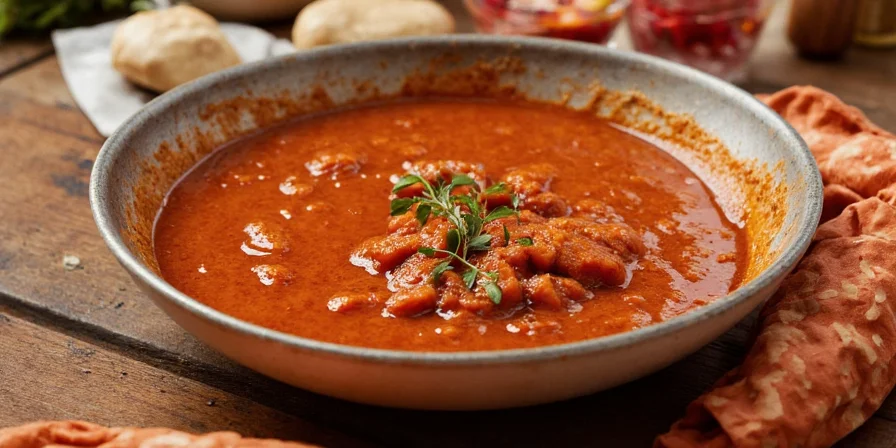
A Brief History of Sofrito in Spanish Cuisine
The roots of sofrito stretch back centuries in Spain, particularly in the southern regions like Andalusia. Influenced by Moorish, Roman, and indigenous Iberian culinary practices, sofrito evolved as a way to infuse dishes with complex flavors using minimal ingredients.
As Spain expanded its reach through exploration and colonization, so did sofrito — adapting to local ingredients wherever it went. Today, it's not just a Spanish staple but a foundational element in many Latin American, Caribbean, and even Filipino kitchens.
Core Ingredients: The Building Blocks of Flavor
While the base remains relatively simple, each ingredient plays a crucial role:
| Ingredient | Role in Sofrito | Taste Contribution |
|---|---|---|
| Onion | Base layer, adds sweetness and depth | Savory-sweet, caramelized notes |
| Garlic | Provides aromatic backbone | Pungent, earthy warmth |
| Tomato | Adds acidity and richness | Bright, umami undertones |
| Olive Oil | Medium for flavor extraction | Fruity, peppery foundation |
Regional Variations Across the Globe
Though the Spanish version is perhaps the most famous, variations of sofrito exist worldwide:
- Latin America: In Puerto Rico, recaíto (green sofrito) includes culantro instead of parsley.
- Caribbean: Jamaican pepper pot often starts with a similar aromatic base.
- Philippines: Known as sofrito in some recipes, used in adobo and paella-inspired dishes due to Spanish colonial influence.
- Italy: While not called sofrito, the use of garlic and olive oil is strikingly similar to Italian cooking techniques like aglio e olio.
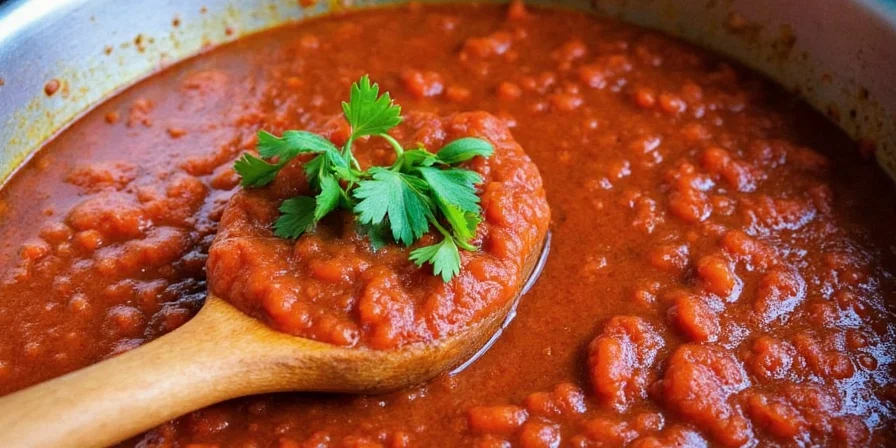
Why Sofrito Matters in Global Spice Traditions
Sofrito isn’t just a cooking method — it’s a cultural bridge. Its presence in countless traditional dishes highlights how spices and aromatics have historically connected people across oceans and eras.
By preserving the essence of regional flavors, sofrito plays a vital role in sustaining culinary heritage while also offering a canvas for innovation.
5 Practical Tips for Mastering Sofrito at Home
If you’re ready to bring that Spanish sofrito magic into your own kitchen, here are five pro tips:
- Use good quality olive oil. It's the vehicle for all those amazing aromas!
- Dice your veggies finely. Uniform pieces ensure even cooking and better flavor release.
- Cook low and slow. Don't rush! Letting everything simmer gently develops deeper flavors.
- Season as you go. Salt early helps draw out moisture and intensify taste.
- Add herbs and spices wisely. Paprika, saffron, and bay leaves can elevate your sofrito without overpowering it.
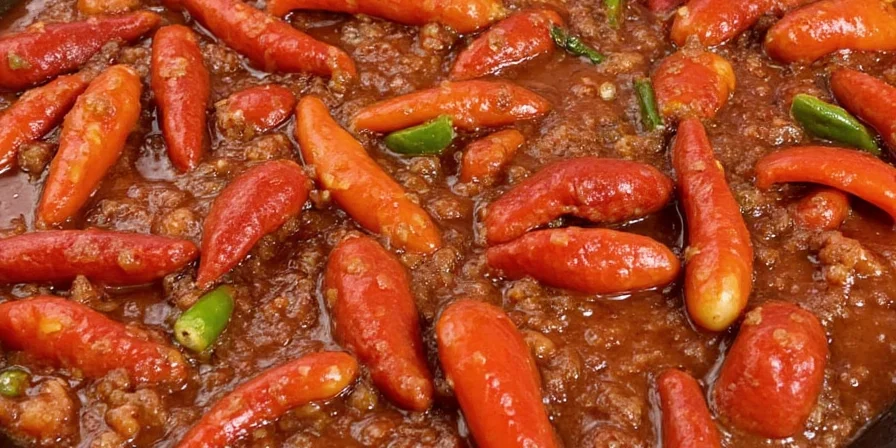
Spice It Up: Creative Spice Combinations to Try with Sofrito
Want to take your sofrito beyond the basics? Here are some bold spice pairings that work surprisingly well:
- Smoked paprika + cumin: Adds a smoky, earthy twist perfect for stews.
- Chili flakes + coriander: For heat lovers who still want balance.
- Nutmeg + cinnamon: Sounds unusual, but brings out hidden sweetness in tomatoes.
- Lemon zest + sumac: Brightens up the dish and pairs beautifully with seafood sofritos.
Pairing Sofrito with Dishes: From Paella to Empanadas
Once you’ve made your sofrito, the possibilities are endless. Here are some classic dishes that start with this fragrant base:
- Paella: Sofrito sets the stage for saffron-infused rice and rich seafood or chicken flavors.
- Empanadas: Used as a filling base for savory meat or veggie pockets.
- Arroz con Gandules: A Puerto Rican favorite where sofrito blends with pigeon peas and rice.
- Stews & Braises: Perfect for building flavor layers in dishes like fabada asturiana or lentil stew.
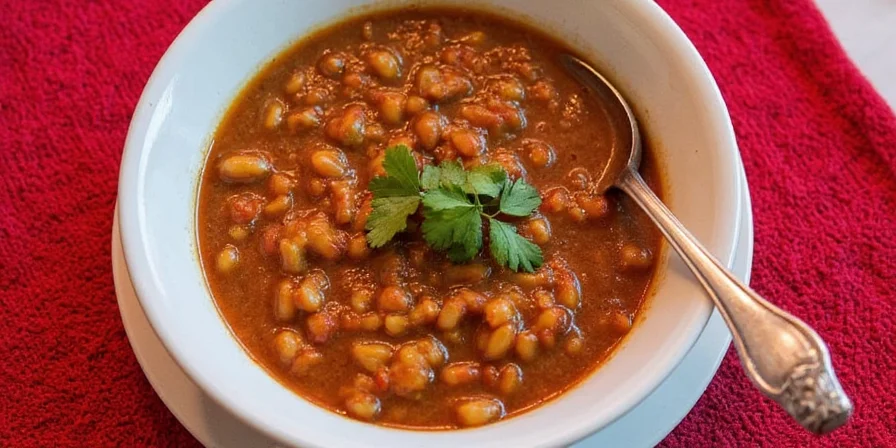
Conclusion
From the sun-soaked streets of Seville to the bustling markets of San Juan, sofrito in Spanish is more than just a culinary technique — it’s a legacy of flavor, history, and connection. Whether you stick to the traditional Spanish version or explore its global cousins, one thing is certain: mastering sofrito opens the door to a world of delicious possibilities.
So next time you reach for that onion and garlic, remember — you're not just starting a meal. You're beginning a centuries-old conversation between cultures, spices, and stories told through every sizzle and aroma.

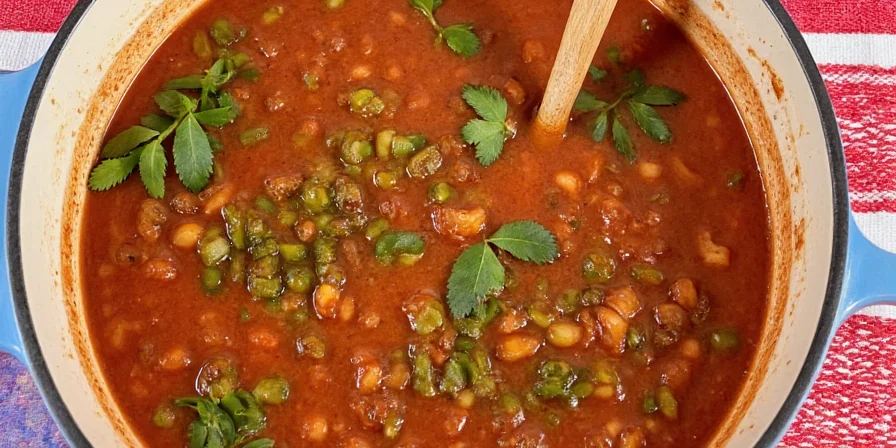









 浙公网安备
33010002000092号
浙公网安备
33010002000092号 浙B2-20120091-4
浙B2-20120091-4